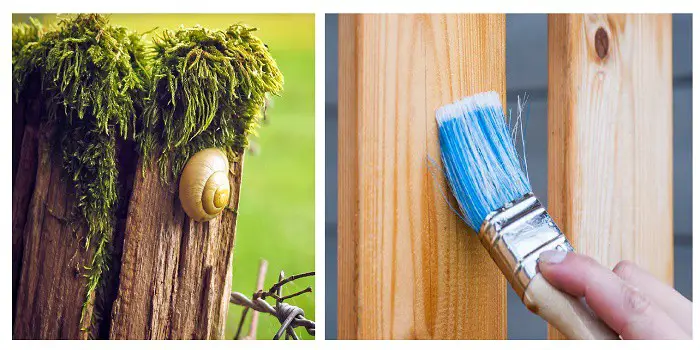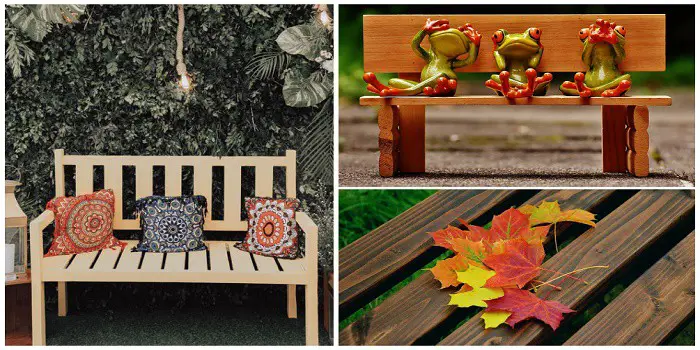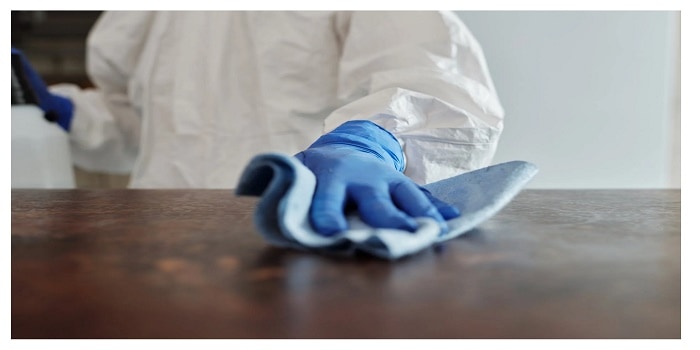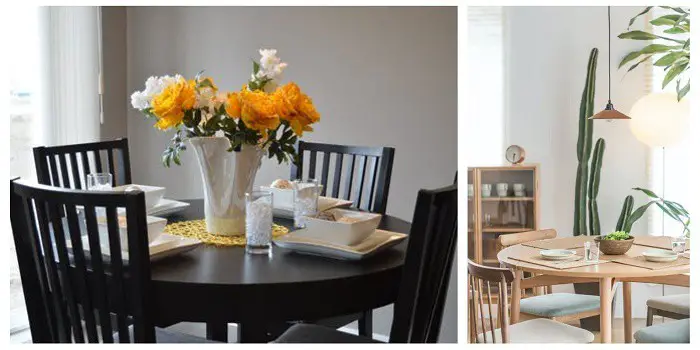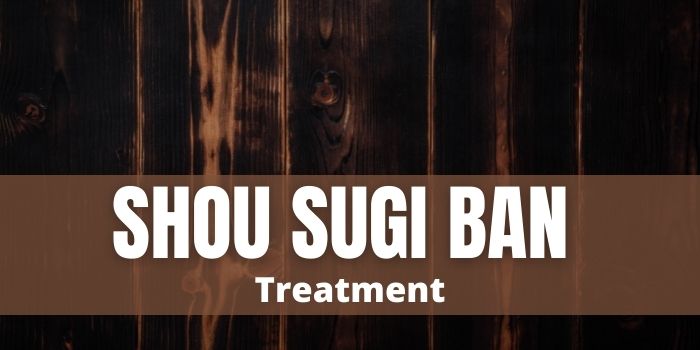
Shou Sugi Ban is the latest trend in home exterior design. But what is it?
Shou Sugi Ban (literally “burnt cedar board”) is a Japanese method of charring wood. The process not only gives the wood a beautiful, dark finish but also makes it more durable and resistant to rot.
While the technique has traditionally been used for siding and fencing, it is now becoming popular for use on decking, pergolas, and even furniture.
If you’re looking to add a touch of drama to your outdoor space, Shou Sugi Ban may be the perfect solution.
Shou Sugi Ban Advantages
Shou sugi ban is a process that involves applying heat to the surface of the wood, which creates a layer of protective char.
The treatment, however, comes with certain pros and cons, which you need to keep in mind.
The benefits of this wood treatment are as follows:
1. It’s Durable
The charring process makes the wood more resistant to mold, rot, decay, and insects like termites, making it more weatherproof and waterproof.
This is simply because the charring creates a barrier that protects the wood from moisture and other elements.
2. It’s Low Maintenance
Once the wood is treated, it doesn’t require additional sealants or treatments.
This also means you won’t have to worry about refinishing the wood as often compared to other finishes.
3. It Has a Unique Look
Shou Sugi Ban gives your outdoor space a unique, modern look. The unique look you get with it is aesthetically pleasing and is in no way boring.
More than that, this also creates a textured look on the surface that has the power to add creativity to even minimalist or modest structures.
You can also leave the wood to develop a patina over time or can apply the oiling on it to maintain the finish and color.
4. It’s Environmentally Friendly
The process of Shou Sugi Ban is sustainable and environmentally friendly as it doesn’t use any toxic chemicals and substances.
However, the process is not entirely non-toxic, as it produces harmful emissions and ashes as an after-effect of burning wood.
5. It’s Cost-Effective
While the initial investment may be higher than traditional wood treatments, you’ll save money in the long run because it requires less maintenance.
This is also due to reducing the costs associated with frequent refinishing of the wood.
Disadvantages of Shou Sugi Ban
Like anything, Shou Sugi Ban has its downsides as well.
Here are a few things to remember before you use this treatment on your wood…
1. It’s a Permanent Process
Clean wood, such as Japanese Cypress, must be treated with care while performing this technique.
And once the wood is treated, it cannot be reverted to its original state.
2. It Requires Specialized Equipment
You’ll need a propane torch or burner to char the wood.
Learning the techniques to use these tools can be challenging and have safety concerns for DIYers.
3. Shou Sugi Ban is Time Consuming
The wood charring technique is simple to learn and execute, although it may take time and effort.
The charring process can take several hours, depending on the size of the wood.
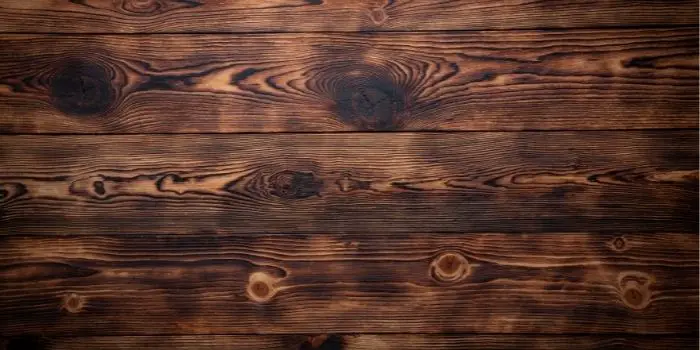
What Type of Wood Can You Shou Sugi?
Most hardwoods can be treated with shou sugi ban, including cedar, cypress, and oak.
You can even shou sugi ban green wood and softwoods like Accoya, pine, and spruce, but it’s important to note that the charring process will cause the wood to shrink.
This can make it challenging to work with, so it’s best to wait until the wood is dry before beginning the treatment process.
With that said, you cannot shou sugi ban stained wood. The heat from the charring process will cause the stain to blister and peel.
If you want to achieve a similar look, you can try painting the wood with high-heat-resistant paint.
In any case, if you aren’t sure whether your wood is suitable, it’s best to consult with a professional.
How to Shou Sugi Ban Wood – Step by Step
The process of the Shou Sugi Ban is simple, but it does require some specialized equipment and takes some time to complete.
The good news is that you likely already have everything you need in your toolbox. All you need is a saw, some sandpaper, and a fire.
Yes, that’s right – fire is an essential tool for shou sugi ban.
The process involves charring the wood to create a durable, weather-resistant surface.
Here are the steps:
1. Choose the right wood. Shou sugi ban works best on cedar, cypress, and pine. Avoid using treated lumber, as the chemicals can be released during the charring process.
2. Cut the wood into boards or planks. The thickness of the boards will determine how long they take to char.
3. Sand the surface of the wood to remove any roughness.
4. Set up your charring equipment. You’ll need a propane torch or burner and a heat-resistant surface on which to char the wood.
5. Char the wood by holding the flame close to the surface of the wood until it’s evenly blackened.
6. Allow the wood to cool, then brush off any loose charred bits.
7. Treat the wood with a sealant or oil to protect it from weathering.
And you’ve now successfully treated your wood with shou sugi ban.
Do You Have to Oil Shou Sugi Ban Treated Wood?
Shou sugi ban is typically used on cedar, but any type of wood can be treated in this way.
Many people choose to oil shou sugi ban because it helps to keep the wood looking fresh and new.
However, there is no need to oil shou sugi ban if you don’t want to; the char will still provide protection against moisture and rot.
Whether you choose to oil your shou sugi ban or not, this traditional technique is a great way to extend the life of your wood.
The Final Thoughts
There are many benefits to using shou sugi ban wood treatment, including increased durability, low maintenance, and a unique aesthetic.
Though there are a few drawbacks you need to remember, the advantages outweigh them and should not stop you from trying the technique.
This is the technique for you if you’re looking for a way to give your woodworking a smoky flavor. Just make sure to use plenty of fire extinguishers – safety first.

Hi, I am Mark Garner a professional carpenter, woodworker, and DIY painter. I live in the small city of Peoria, Arizona as a semi-retired woodworker. I have started this blog with a simple motive to help you with my wood experience in this sector. If you like to know more about what I love doing and how it all got started, you can check more about me here.

